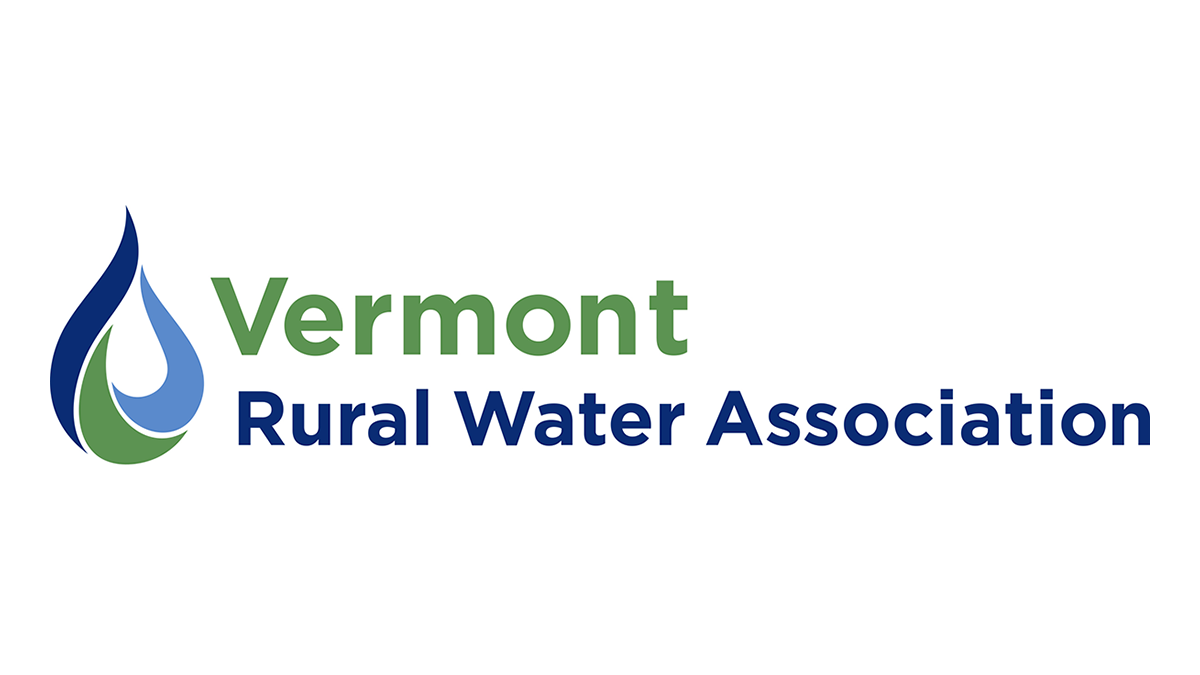FEMA Funding for Flood Recovery
On Tuesday, President Biden issued a major disaster declaration for the July 9–11, 2024 flooding. This means that municipally-owned water and wastewater systems, as well as certain nonprofits, can apply for funding for FEMA’s Public Assistance (PA) program. Eligible counties are Addison, Orleans, Washington, Caledonia, Chittenden, Lamoille, and Essex (Orange county has been requested to be added to this list). Read the announcement here.
This does not include the July 30, 2024 flooding. A separate disaster declaration has been requested for that event.
The FEMA Public Assistance program will reimburse up to 75% for emergency work to restore water/wastewater services immediately after a disaster, permanent work to restore a damaged facility to its pre-disaster design, and hazard mitigation measures to protect against future disasters. Find more information about FEMA PA for water/wastewater systems at vtruralwater.org/fema-pa
In-Person Service Line Inventory Assistance from DWGPD in September
There are just 8 weeks left until Service Line Inventories are due! Every community water system (CWS) and non-transient non-community (NTNC) water system must submit a Service Line Inventory (and a Lead Service Line Replacement Plan, if required) to the Vermont Drinking Water and Groundwater Protection Division (DWGPD) by October 16, 2024.
For water systems with questions about service line inventories or replacement plans, DWGPD is offering free in-person assistance at regional locations across Vermont. You must register in advance using this form.
In-person assistance will be available at the following regional locations:
– Friday, September 6 in Rutland
– Tuesday, September 10 in Essex
– Thursday, September 19 in Montpelier
– Tuesday, September 24 in St. Johnsbury
– Thursday, September 26 in Springfield
Questions? Email ANR.SLI@vermont.gov
Vermont Septage Capacity Report
The Vermont DEC recently completed an assessment of septage management across the state, including capacity at wastewater systems. The report looks at geographic considerations, facility types, cost, and other factors. It also includes a GIS model of alternatives.

